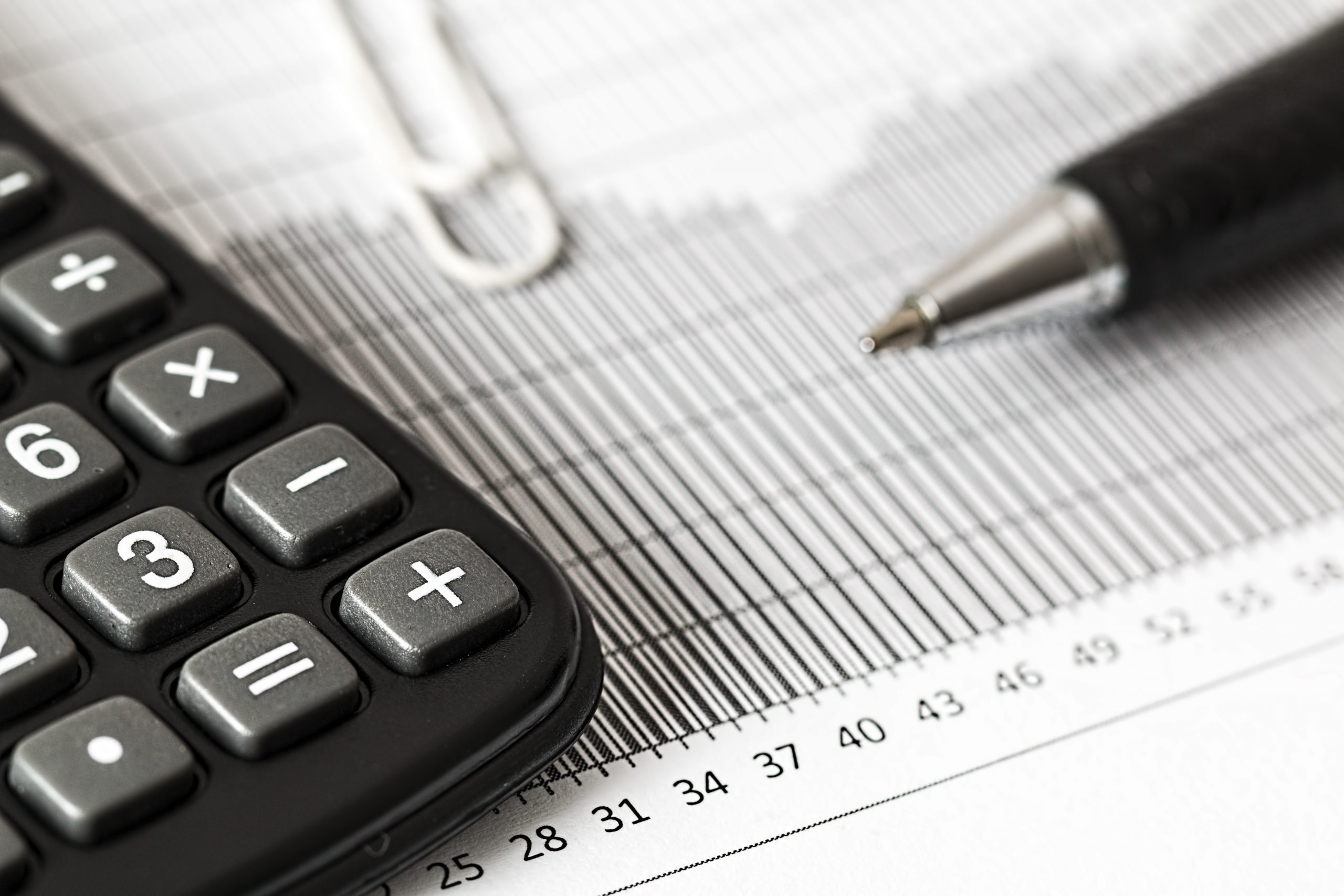Making tax digital may seem daunting but it isn’t. Gone are the days where you could scribble your income and expenses on a piece of paper and submit your tax return. Luckily technology has evolved and has made it easy for us to log our accounts and even attach our receipts.
MTD applies to the self-employed and landlords. It is used to submit your records digitally rather than a manual process like it used to be. There is a lot of compatible software out there that supports the MTD function. QuickBooks being one of them which is very competitive in price (the equivalent to a couple of pints in the pub a month).
As of April 2024, all self-assessment tax returns must be submitted digitally which means there is plenty of time to get into the habit of doing it. Once the MTD is fully implemented you will be required to send over your business information quarterly, this will include all your income and expenditure.
At the end of the accounting period the accounts will be finalised and any adjustments that are required will be actioned and the final declaration will be sent over digitally. Your tax bill will be paid as normal on the 31st January and the on-account payment on the 31st July.
Clients will have the option of paying their tax on a quarterly basis, this may be beneficial as tax payments can be made more often which can help people budget and pay the tax in instalments rather than a lump sum.
In the long run MTD will be easier to use and will show a much more accurate picture of your profit or loss.
Please be aware that little accountancy knowledge can be dangerous. In my experience clients have categorised their costs wrong which has produced an incorrect tax liability. Please ensure that you appoint an accountant to finalise your self-assessment.
Please note, that all figures are correct at the time of writing
